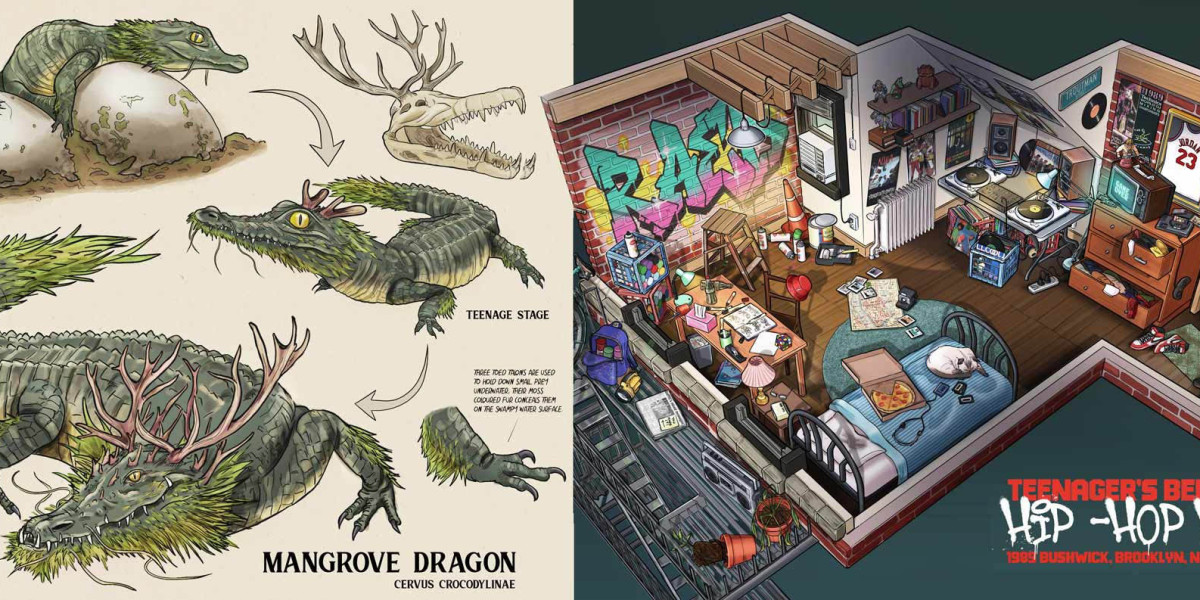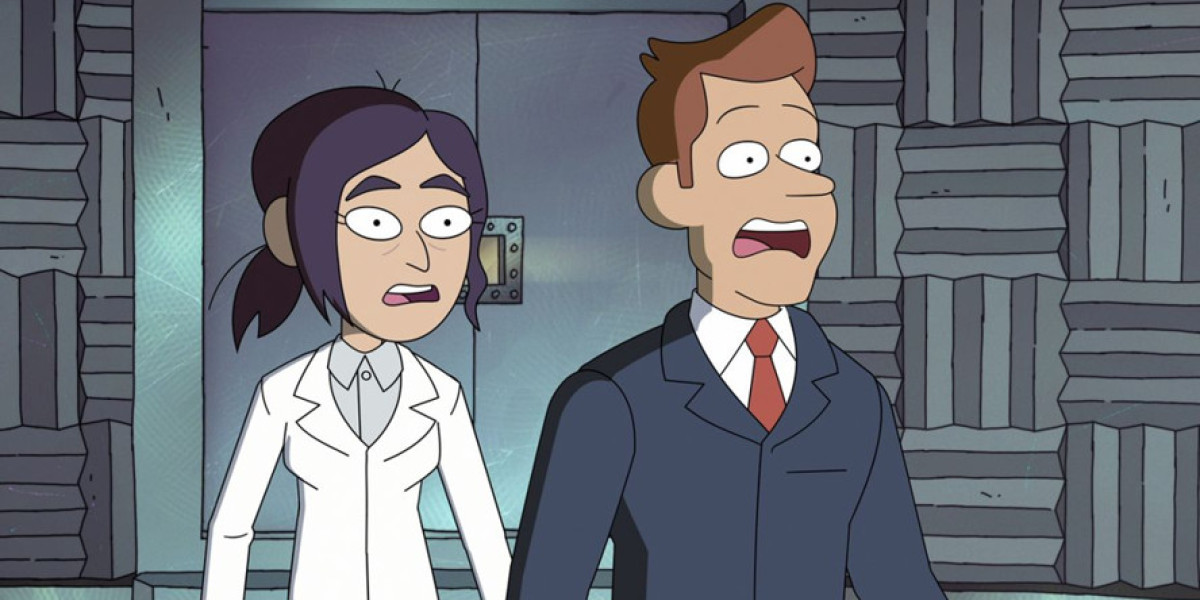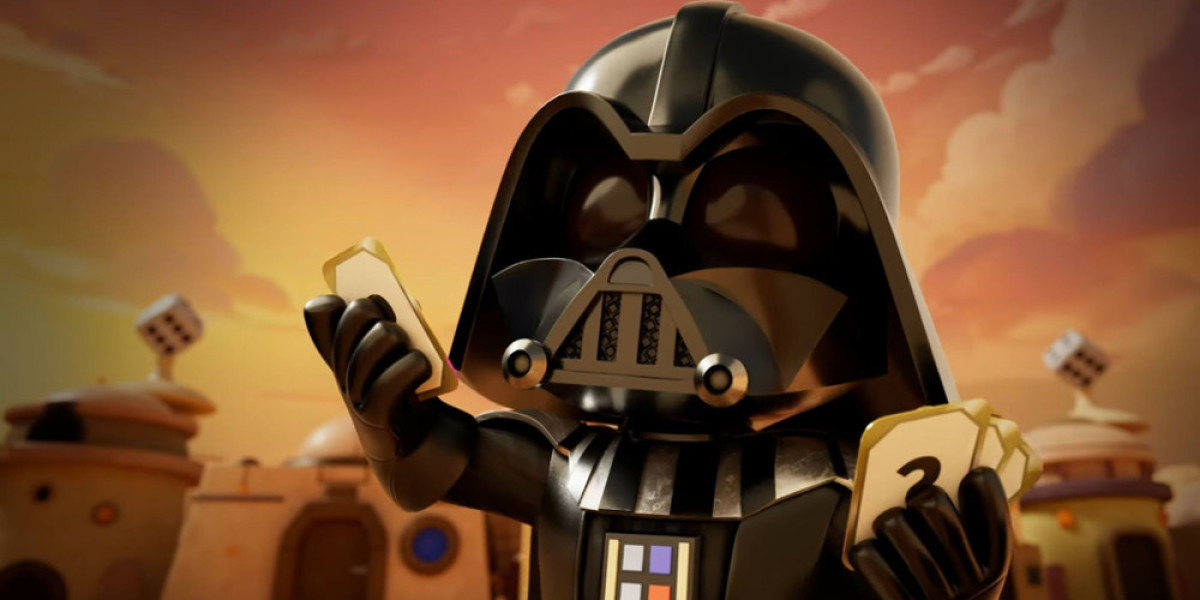From enormous dragons flying across burning skies to post-apocalyptic wreckage filled with hazards, every single breathtaking moment in a game starts as a scribble. These aren't simply scribbles. They're the scaffolding of visual storytelling, the unspoken architects of immersive worlds, and the ignition that sparks the process of bringing concepts to reality.
Welcome to concept illustration—a place where game development really begins.
The Sketch is the Blueprint of Feeling
Before you produce the first polygon or construct the animation rig, you have a drawing. A moment of illumination in an otherwise messy process of creativity. That first concept sketch is not simply a representation of what a character or environment looks like, it's a representation of how a character or environment feels.
Is your world lonely, verdant, gritty, or magical? Once correctly refined, a single concept can align writers, modelers, animators, and sound designers with a unified emotional truth. It is the heart and soul of pre-production, where every team member develops from a shared vision.
World-Building Starts with a Pencil
A believable world isn’t about adding detail for detail’s sake. It’s about making every element purposeful. That’s where concept artists shine.
Whether it’s deciding the scale of a mountain range or how light filters through a dystopian alleyway, concept art helps define the logic of a game world. It sets the visual rules. Once those rules are established, developers can begin building with confidence.
Speed, Flexibility, and Creative Freedom
In the early phases of game design, iteration is everything. You want to try out different character designs, environments, or weapon styles—fast. And 3D modeling is too slow for that.
Concept illustration offers unmatched speed and flexibility. Artists can test 10 variations in the time it takes to model one 3D character. More importantly, it allows the creative team to fail fast and move forward smarter.
From Sketch to Screen: The Pipeline Advantage
Once a concept is locked, it becomes the visual reference for everyone down the line—modelers, texture artists, lighting specialists, and animators. A clear, well-rendered concept saves hours of guesswork and back-and-forth communication.
It’s the visual north star of game development—minimizing costly revisions and keeping the pipeline efficient.
It’s More Than Just Pretty Pictures
Let’s not sugarcoat it—concept illustration is a high-stakes role. You’re not just painting for aesthetic impact; you’re solving design problems. Can the player move through this space? Does this costume fit the lore? Will this character read well from a distance?
Concept artists balance artistry with logic, vision with usability, and inspiration with gameplay constraints. That’s not just creative—it’s strategic.
Why Aspiring Game Artists Should Master Concept Illustration
If you’re looking to break into the gaming industry, mastering concept illustration isn’t optional—it’s your golden ticket.
Studios today look for artists who can not only draw but also think in systems—who understand storytelling, lighting, composition, and functionality. A strong concept illustration portfolio shows that you’re not just an artist. You’re a problem solver, a visual thinker, and a world-builder.
Ready to Learn the Art Behind the Game?
At MAGES Institute, our Concept Art & Entertainment Design Diploma program is designed to help aspiring artists like you sharpen their visual storytelling skills, master digital painting tools, and build a studio-ready portfolio.
Explore the course. Start your journey from sketch to screen.








